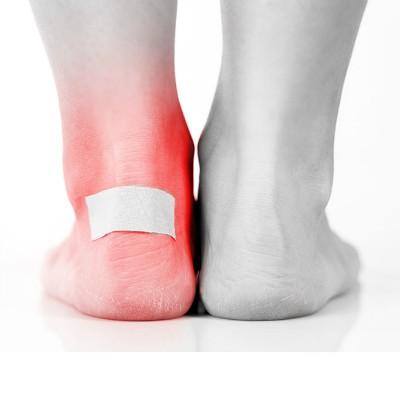Symptoms of esophageal stenosis
summary
Esophageal stenosis can be divided into congenital and acquired two, in the upper part of the stenosis with esophageal dilatation and hypertrophy. It is very rare in clinic, more than in childhood, and often needs surgical treatment. Clinically, it should be distinguished from secondary esophageal stenosis. Now, let's talk about the symptoms of esophageal stenosis.
Symptoms of esophageal stenosis
First: Food reflux, choking, cyanosis after meals. Congenital esophageal stricture is characterized by food reflux after meals. The symptoms are more obvious when eating semi-solid or solid food. The main reflux is saliva and indigestion milk or food, which has no sour taste and bile. Reflux food into the trachea, the patient may appear choking or cyanosis. Some older children, due to the abnormal expansion of the proximal esophagus, become a bag of food, can compress the trachea or bronchus, produce wheezing. Physical examination: no special pathological signs, some patients may have malnutrition or anemia.

Second: congenital esophageal septum. Most of the esophageal cavity is blocked by membrane or fibrous band, leaving only small holes that can pass through the liquid food. In infancy, there is no clinical symptoms, and dysphagia occurs at the beginning of eating thick paste or solid food. Esophageal X-ray examination showed that the esophageal cavity was narrow, and esophagoscopy could see the lesions and make a definite diagnosis.

Third: emetics or gastric lavage can aggravate esophageal injury, should not be used. It is difficult to perform high esophagogastrostomy because the chemical burn of esophagus often results in long esophageal stricture, and most of the stomach is involved at the same time, or even causes scar contracture.
matters needing attention
In the past, only surgery was used to treat benign esophageal stricture, that is, dilation of membranous diaphragm by esophagoscope. If the diaphragm is tough, the narrow segment of the esophagus should be removed through thoracotomy, and then the end-to-end anastomosis of the esophagus should be performed. The patients suffered a lot, the cost was high, and there were many postoperative complications.













